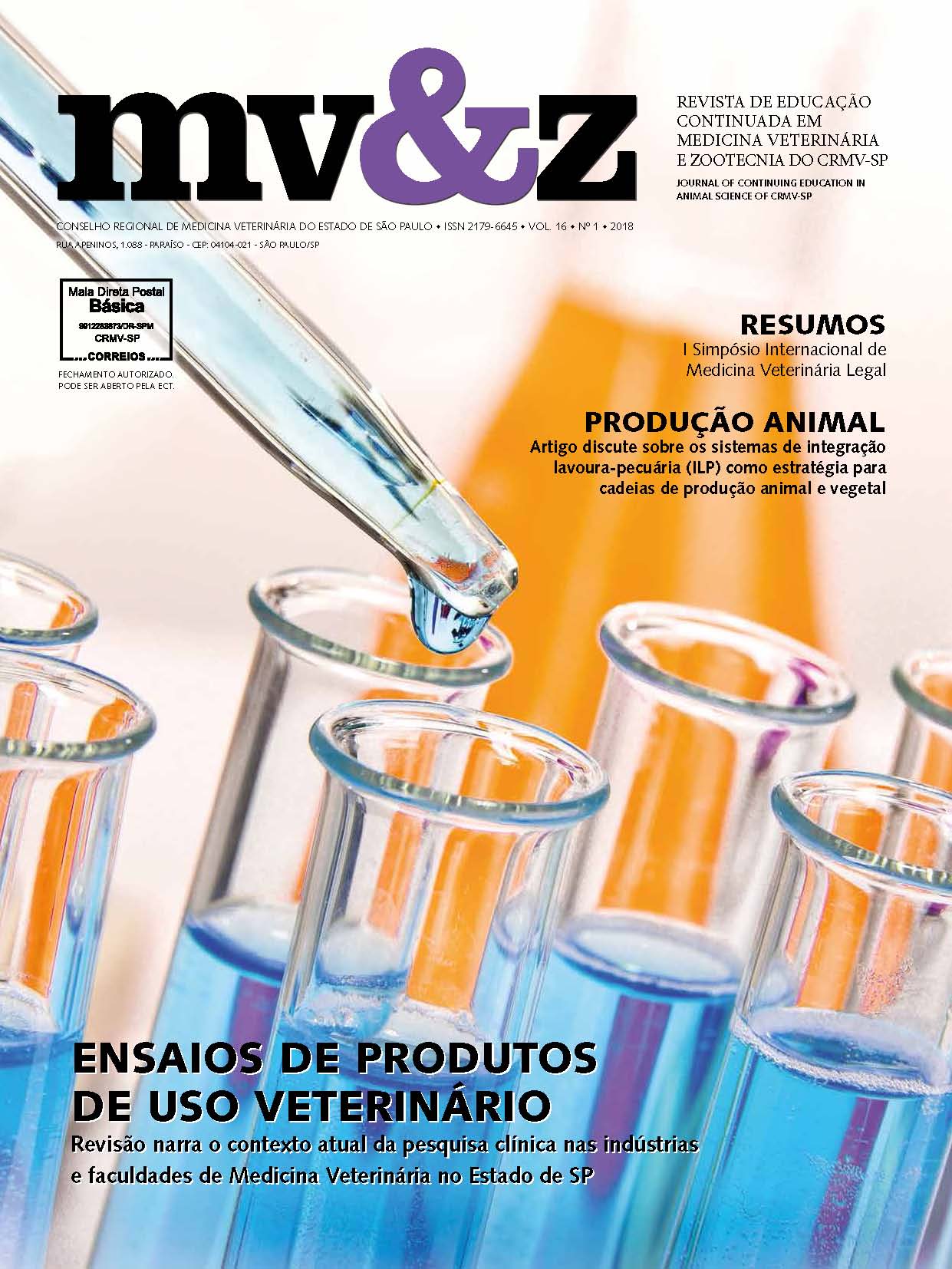L. S. L. S. Mota
Universidade Estadual de São Paulo, Instituto
de Biocências, Departamento de Genéticas, Botucatu, SP
M. Campos
Universidade Estadual de São Paulo, Instituto
de Biocências, Botucatu, SP
L. E. Laudari
Universidade Estadual de São Paulo, Instituto
de Biocências, Botucatu, SP
V. Santiloni
Universidade Estadual de São Paulo, Instituto
de Biocências, Departamento de Genéticas, Botucatu, SP
D. C. Cabral-De-Mello
Universidade Estadual de São Paulo, Instituto
de Biocências, Departamento de Biologia, Botucatu, SP
C. R. Teixeira
Universidade Estadual de São Paulo, Faculdade de Medicina Veterinária e Zootecnia, Departamento de Cirurgia e Anestesiologia Veterinária, Botucatu, SP
Abstract
Chelonians, an order of the class Reptilia are mostly long lived animals with relatively small capacity for rapid population growth (POUGH; HEISER; MCFARLAND, 1999). The most widely distributed genus is the Chelonoidis, which comprises 22 species found in South America, Africa, Asia and the Oceanic Islands. In Brazil, two species of turtles come from humid forests, the Chelonoidis carbonaria and Chelonoidis denticulata. The devastation and deforestation of these forests are pointed out as one of the reasons for species of this genus to spread and even mate with each other. Hybrids may compete for resources with parental species, favored by “hybrid vigor” or, if they are fertile, have an impact on the genetic integrity of wild populations due to the potential risk of backcrossing with consequent introgression. Hybridization can pose a threat to small populations, even when the gene sets do not mix. There are records of hybrids involving species of the same suborder, with the genus Trachemys (JACKSON, 2010). In order to provide subsidies for the improvement of sustainable biological management and conservation programs as well as for future projects to be developed with chelonians, this work aimed the characterization of the karyotypes by means of conventional staining, chromosome banding and mapping of some repetitive DNAs in two Chelonoidis kept in captivity.
